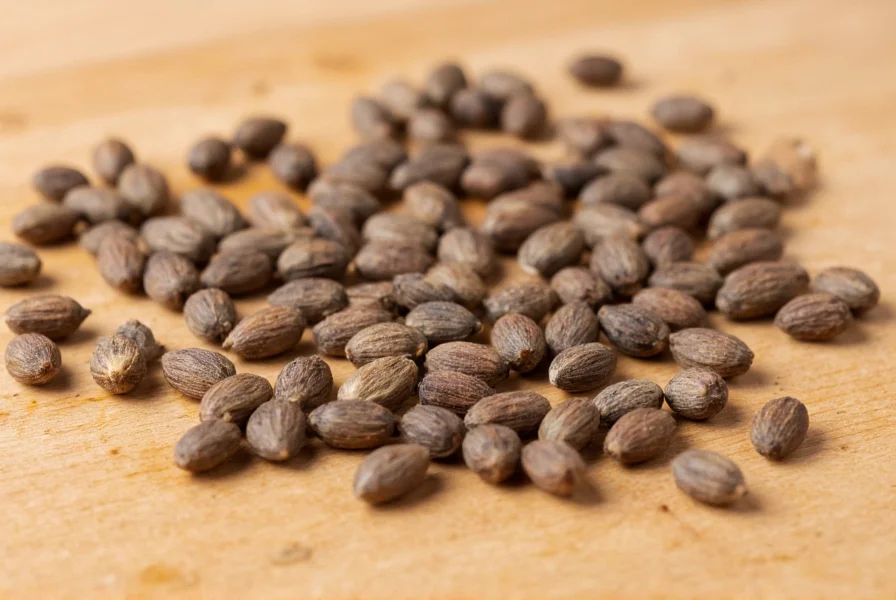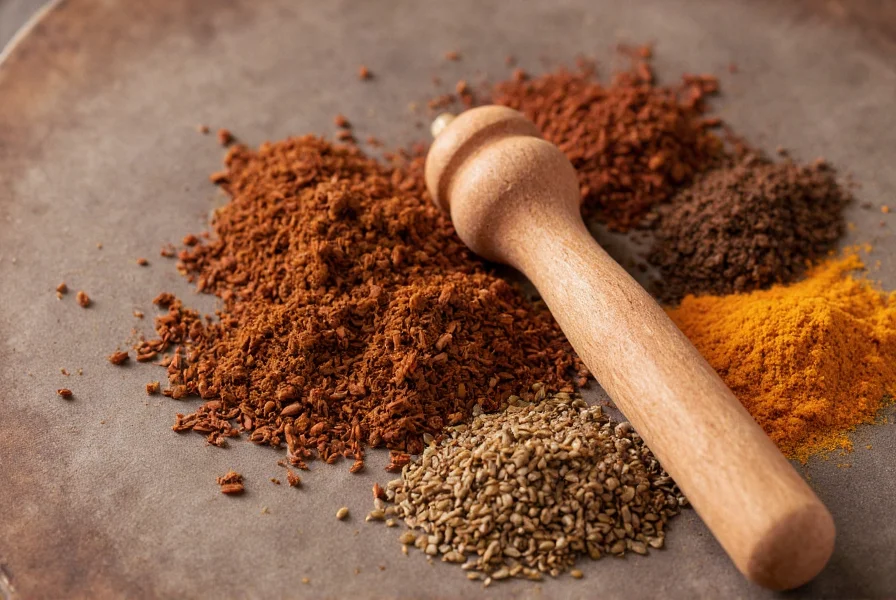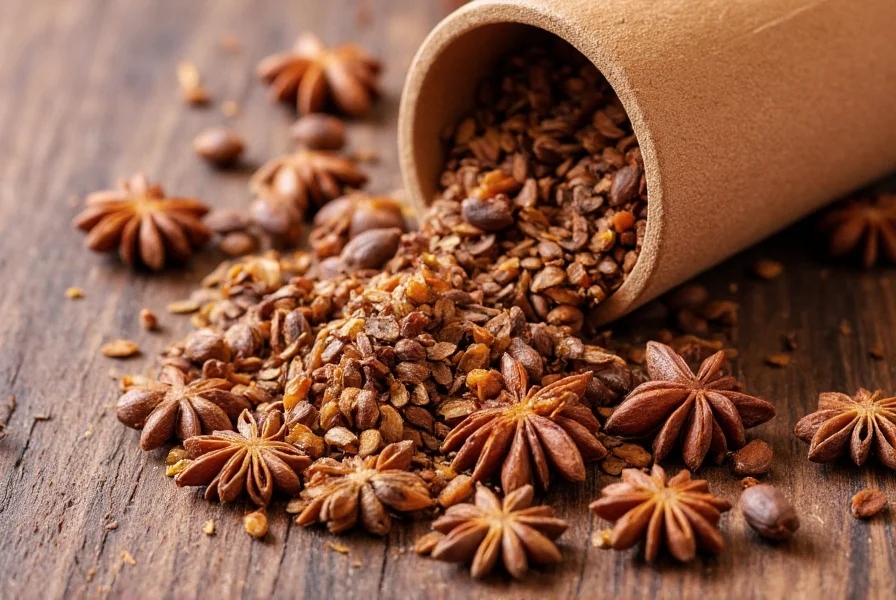Aniseed spice has captivated palates across civilizations with its unique aromatic profile. This versatile seed remains a staple in spice cabinets worldwide, valued for both its culinary applications and historical significance. Understanding its proper usage can transform ordinary dishes into extraordinary culinary experiences.
Botanical Background and Historical Significance
Aniseed (Pimpinella anisum) belongs to the same plant family as carrots, celery, and parsley. Ancient Egyptians cultivated aniseed as early as 1500 BCE, while Romans used it in desserts and as a digestive aid. During medieval times, European apothecaries prescribed aniseed for various ailments, and bakers incorporated it into traditional holiday breads.

Flavor Profile and Chemical Composition
The primary compound responsible for aniseed's characteristic flavor is anethole, which constitutes 80-90% of its essential oil content. This compound creates the sweet, warm, licorice-like taste that makes aniseed so distinctive. When heated, aniseed releases additional aromatic compounds including estragole and limonene, enhancing its complex flavor profile.
| Compound | Percentage | Flavor Contribution |
|---|---|---|
| Anethole | 80-90% | Sweet licorice flavor |
| Estragole | 5-10% | Subtle herbal notes |
| Limonene | 1-3% | Citrus undertones |
Aniseed vs Star Anise: Understanding the Difference
Many confuse aniseed with star anise, but they come from completely different plant families. True aniseed (Pimpinella anisum) produces small, oval seeds, while star anise (Illicium verum) comes from the star-shaped fruit of an evergreen tree native to China. Though both contain anethole and share similar flavor profiles, they differ in intensity and secondary notes. Aniseed offers a sweeter, more delicate flavor, while star anise provides a stronger, more medicinal taste.
Culinary Applications and Pairing Suggestions
Chefs worldwide utilize aniseed's distinctive flavor to enhance both sweet and savory dishes. In Mediterranean cuisine, bakers incorporate ground aniseed into biscotti, pizzelle, and Greek breads. French chefs use it in classic dishes like bouillabaisse, while Indian cooks add it to certain curry blends. The spice pairs exceptionally well with:
- Citrus fruits (especially oranges and lemons)
- Root vegetables like carrots and parsnips
- Fatty meats including pork and duck
- Other warm spices like cinnamon and cloves
- Chocolate in dessert applications
Optimal Usage Techniques
To maximize aniseed's flavor potential, proper preparation matters. Whole seeds maintain their potency for up to three years when stored properly, while ground aniseed loses flavor within six months. For best results:
- Lightly toast whole seeds in a dry pan before use to intensify flavor
- Grind seeds just before adding to recipes for maximum aroma
- Add early in cooking processes for savory dishes to allow flavors to meld
- Use sparingly in sweet applications as the flavor intensifies during baking
Traditional Uses and Modern Research
Throughout history, various cultures have used aniseed for digestive support and respiratory comfort. Contemporary research examines its potential antioxidant properties and traditional applications. While scientific validation continues, culinary professionals primarily value aniseed for its flavor-enhancing capabilities rather than health claims.

Storage Recommendations
Preserve aniseed's volatile oils by storing in an airtight container away from light and heat. The ideal storage conditions include:
- Dark glass or metal containers (not plastic)
- Cool pantry location (below 70°F/21°C)
- Low humidity environment
- Whole seeds rather than pre-ground whenever possible
Signature Dishes Featuring Aniseed
Certain culinary traditions showcase aniseed's unique properties:
- Mastika - Greek spirit distilled with aniseed
- Pizzelle - Italian waffle cookies with subtle anise flavor
- Boulangère potatoes - French dish sometimes enhanced with aniseed
- Mexican mole - Some regional variations include aniseed
- German pfeffernüsse - Holiday cookies featuring aniseed
Practical Tips for Home Cooks
When experimenting with aniseed in your kitchen:
- Start with small quantities (1/4 teaspoon per serving) as flavor intensifies
- Combine with fennel seeds for complex licorice notes without overpowering
- Infuse milk or cream with aniseed for unique dessert bases
- Use in pickling brines for vegetables like cucumbers and carrots
- Create aniseed simple syrup for cocktails and desserts
Frequently Asked Questions
What's the difference between aniseed and star anise?
Aniseed comes from Pimpinella anisum plants and produces small oval seeds, while star anise is the star-shaped fruit of an Illicium tree. Though both contain anethole and share licorice notes, aniseed offers a sweeter, more delicate flavor, while star anise provides a stronger, more medicinal taste. They're not interchangeable in equal quantities due to intensity differences.
Can I substitute fennel seeds for aniseed in recipes?
Fennel seeds share some flavor characteristics with aniseed but are milder and more herbaceous. You can substitute fennel seeds at a 2:1 ratio (use twice as much fennel as aniseed called for), but the final dish will have a different flavor profile. For closer approximation, combine fennel seeds with a small amount of licorice root or star anise.
How should I store aniseed to maintain freshness?
Store whole aniseed in an airtight glass or metal container away from light and heat. Properly stored in a cool, dark pantry, whole seeds maintain potency for 2-3 years. Ground aniseed loses flavor more quickly and should be used within 6 months. Never store aniseed in plastic containers as the essential oils can degrade plastic and affect flavor.
Which cuisines use aniseed most prominently?
Aniseed features prominently in Mediterranean, Middle Eastern, and Mexican cuisines. Greek bakers use it in breads and spirits, French chefs incorporate it into certain fish dishes, Mexican cooks add it to mole sauces, and Middle Eastern cuisines feature it in spice blends and desserts. It's also common in traditional European holiday baking and liqueur production.
Does aniseed contain gluten or common allergens?
Pure aniseed is naturally gluten-free and doesn't contain common allergens. However, cross-contamination can occur during processing if facilities handle multiple spices. People with allergies to plants in the Apiaceae family (like carrots, celery, or parsley) should exercise caution. Always check packaging for allergen statements if you have specific dietary concerns.











 浙公网安备
33010002000092号
浙公网安备
33010002000092号 浙B2-20120091-4
浙B2-20120091-4